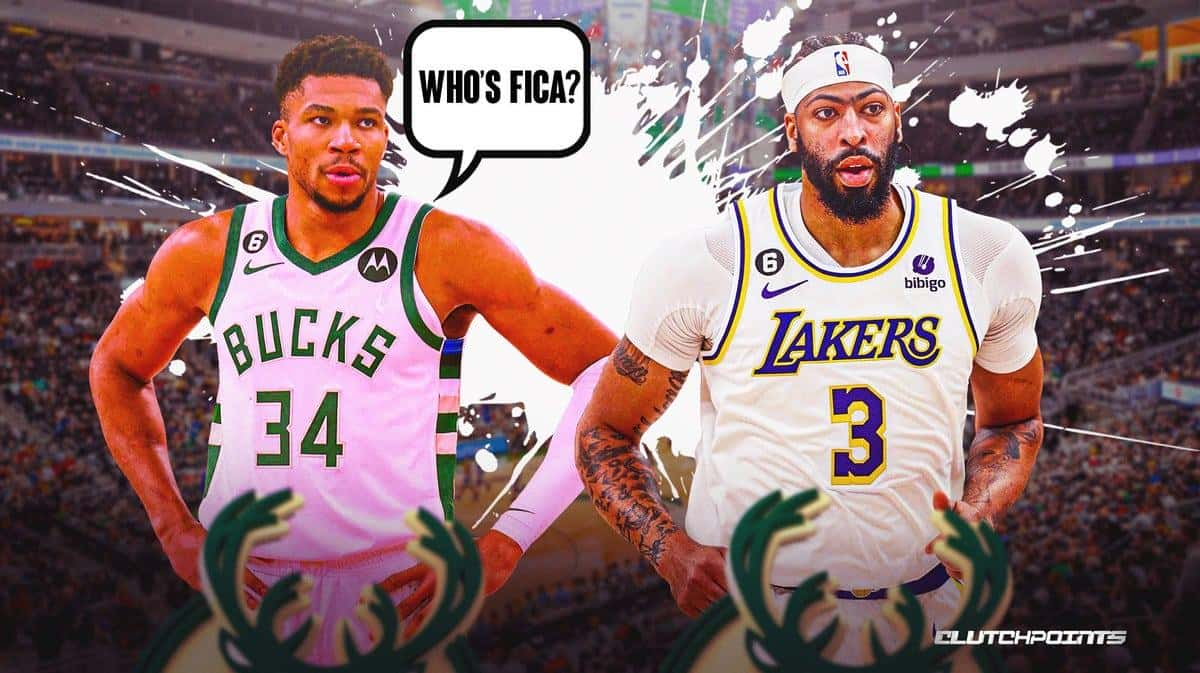Nike is an American multinational firm that manufactures, markets, and sells footwear, clothes, equipment, accessories, and services all over the world. The company is based in the Portland metro area, near Beaverton, Oregon. With revenue of more than US$37.4 billion in fiscal year 2020, it is the world’s largest seller of athletic shoes and apparel, as well as a major maker of sports equipment (ending May 31, 2020). It employs 76,700 people around the world as of 2020. The brand was worth more than $32 billion in 2020, making it the most valuable brand in sports. Nike was formerly valued at $29.6 billion in 2017. Nike was rated 89th on the Fortune 500 list of the world’s most profitable companies in 2018.
Bill Bowerman and Phil Knight created Nike, Inc. on May 30, 1971, as “Blue Ribbon Sports.” Nike is a Greek goddess of victory who inspired the company’s name. Nike sells products under Nike, Nike Golf, Nike Pro, Nike+, Air Jordan, Nike Blazers, Air Force 1, Nike Dunk, Air Max, Foamposite, Nike Skateboarding, Nike CR7, and Jordan Brand and Converse brands. Nike previously owned Cole Haan, Umbro, and Hurley International, and also owned Bauer Hockey from 1995 to 2008.
Nike Air Bakin’ (Classics Revisited) (1997)
WEEK OF THE 1990’S NIKE BASKETBALL The Nike Air Bakin’, arguably one of the most contentious sneakers of all time, rounds out this week’s emphasis on some of the most memorable 1990s Nike Basketball Classics. The Air Bakin’ was a visual standout with the uniquely placed waves that adorned the upper and the funky Black/Red/Yellow colorway (there was also a lesser-known Black/Royal version). It was released in 1997, one of the best years of Nike Hoops of that decade (which spawned the Air Foamposite One, Zoom Flight Five, and Air Jordan XII). The shoe was popular among quick guards, particularly Tim Hardaway, who had one of the quickest initial steps in NBA history, but the Bakin’ has a unique place in sneakerhead history.

The controversy surrounding the Nike Air Bakin’ stems from the fiery logo on the heel; the word ‘Air’ was designed in a fiery pattern, but the outcry from the Muslim community over its faint resemblance to ‘Allah’ in Arabic lettering caused Nike to withdraw the shoes and re-release with a standard Nike Air logo. This was not merely a hit, but also a gripping story that is being spoken about today. After the jump, check out more of the Bakin’, and let us know if you believe the Air logo is causing any actual controversy, and keep tuned for next week’s fresh batch of Classics Revisited!
Menthol, Ari 10 (2006)
Do you feel like you’re stuck between a rock and a hard place right now? Imagine being trapped between the tobacco industry and Nike, the Beaverton monster.
The altered Air Force 1s were called the Ari Menthol 10s by Ari Saal Forman, a graphic artist from Los Angeles. The iconic Swoosh was replaced with a Newport Spinnaker emblem, and the bespoke ‘ARI’ letterform was added to the midsoles, taking visual elements from Newport menthol cigarettes. The fantastic package, designed as a reproduction of the Newport cigarette pack, was undoubtedly the most prominent feature of Forman’s design.
The personalized sneakers, which were limited to only 252 pairs, drew a swift response from Nike, who issued a cease and desist letter shortly after.
The tobacco corporation, on the other hand, didn’t stop there, and soon after sent in their lawyers.
Despite the fact that every pair was ordered to be destroyed, the Menthol 10s remain one of the most long-running sneaker debates ever.
Read More: Scoob Movie Controversy: Why Scoob! Is Already Upsetting a Large Number of Fans?
“Shackled” by Jeremy Scott (2012)
Oh, no!
Jeremy Scott’s Adidas Roundhouse Mids were set to appear in 2012 and were perhaps one of the most egregious mistakes in shoe history. The Roundhouse sneakers were created with bright yellow shackles, invoking thoughts of slavery, and were designed by provocative American fashion designers.

Despite Scott’s claims that the sneakers were inspired by 1980s toy monsters, the partnership was widely panned. The footwear resembled slave shoes,’ as Rev. Jesse Jackson described them in 2012. ‘The attempt to commercialize and popularise more than 200 years of human degradation, where black people were considered three-fifths human under our Constitution, is disrespectful, terrible, and callous,’ Jackson added. Adidas was fast to reject the shoe, as expected.
Air Bakin from Nike (1997)
Penny Hardaway was the first player to wear the Nike Air Bakin, which was released in 1997.
However, it was short-lived.
The Muslim community was outraged by the sneaker’s heel insignia, which looked suspiciously like the Arabic word ‘Allah.’ The Swoosh attempted to fix the shoe by sewing a cloth patch over the logo, but it wasn’t enough, and all 38,000 pairs in circulation were removed.
Later Air Bakin retros would replace the problematic heel logo with classic Nike Air branding, making it a pillar of Nike’s outdoor-inspired basketball collection (which also included the Air Grill, Air Melt, and Air B-Que).

After the brain-fade, Nike apologized and even provided playgrounds for Islamic youth groups around the United States.
The ‘Heineken’ Dunk by Nike SB is a collaboration between Nike and Heineken (2003)
This Nike SB Dunk was swiftly and affectionately dubbed the “Heineken” by the skate world when it was scheduled to release during the silver box era in 2003.
Only one issue: ‘Prost!’ was not yelled from the Dutch brewing firm.
Nike was forced to take the SB Dunk from shelves after receiving a stop and desist letter from the beer-brewing behemoth.
Indeed, the unofficial Heineken colorway became one of the most sought-after Dunk releases of all time as a result of this.



